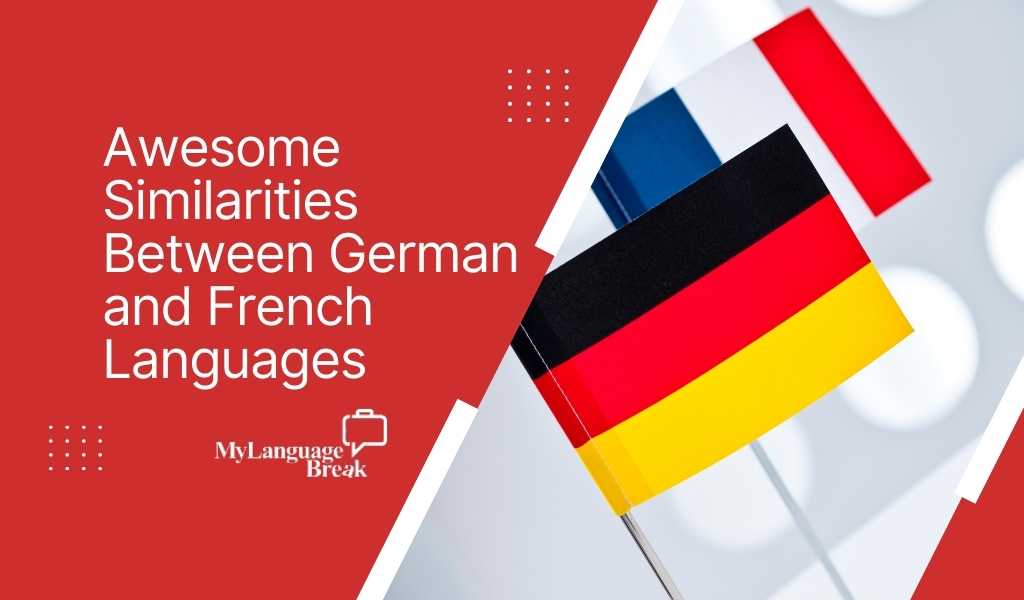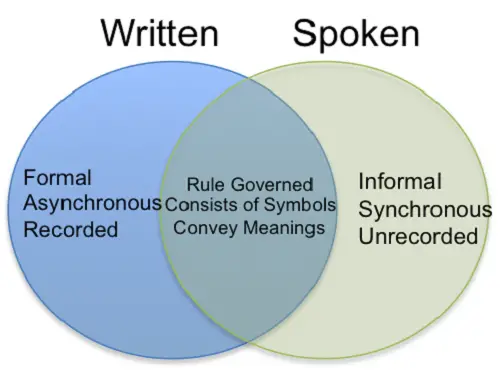Similarities Between the Languages
Both French and Spanish are Romance languages that share many similarities. Some vocabulary words are almost identical between the two, such as actor/actress (acteur/actrice in French and actor/actriz in Spanish). Nouns in both languages have gender, and weather is commonly described using verbs meaning “to make/do” followed by the condition, like Il fait chaud (“It is hot”) in French and Hace calor (“It makes hot”) in Spanish. When stating one’s age, the verbs avoir/”to have” in French and tener/”to have” in Spanish are used rather than a form of “to be.”
Verb Conjugations and Pronouns
Verb conjugations follow similar patterns, with both languages fully conjugating verbs in six forms. However, French subject pronouns are usually necessary when speaking to indicate the subject, whereas Spanish often relies more heavily on inflections within the verb conjugation alone. For example, one would say je parle (“I speak”) in French but simply hablo in Spanish. This difference could cause initial confusion for simultaneous learners of both languages.
Number Systems and Commands
Numbers systems differ notably after 69, with French using complex constructions like soixante-dix (“sixty-ten”) for 70. Spanish numbers are more straightforward. Command forms also vary, as Spanish has different positive and negative commands depending on the familiar verb form being used (tú or vosotros), while French commands typically match the present tense.
Vocabulary Similarities and Differences
While much vocabulary overlaps between the languages, there are also notable differences that could lead to mixed-up associations if learning both simultaneously. For example, not all gender assignments match between the languages. Pronunciation patterns also diverge significantly, as French includes many more silent letters than Spanish. Additionally, Spanish utilizes various familiar and formal ways to say “you” depending on context.
Recommendation: Focus on One Language First
Based on the above comparisons, attempting to learn French and Spanish concurrently risks confusing areas where rules and structures are similar but not identical. A wiser approach is to gain proficiency in one language first before adding the second. French pronunciation and irregular verb forms present initial hurdles. Therefore, focusing French study for one to two years until reaching at least an B1/B2 level is recommended before embarking on Spanish lessons as well. Doing so allows similarities to reinforce learning while avoiding potential interference from mixing up divergent aspects between the closely related yet distinct languages.
The Benefits of Learning One Language Fully First
There are significant advantages to learning one Romance language to an intermediate level before adding a second. Once familiar with one system, applying that existing knowledge to a new but related language structure makes new patterns easier to absorb. Notable cognates can then assist rather than bewilder comprehension. Memorizing irregulars or exceptions in the first language also prepares the mind for recognizing such elements in the second tongue. Taking time with an initial language grounds a solid foundational understanding of core mechanics like verb conjugations and punctuation usage that carry across both. Rushing into parallel study risks superficial learning without internalizing how each system fully works on its own merits.
using Spanish Knowledge to Boost French Learning
Knowing Spanish proves especially beneficial for strengthening French comprehension. Similar phonetic rules mean Spanish speakers find French pronunciation more intuitive than those without a Romance language background. Shared Latin roots mean many scientific and academic vocabulary words directly transfer between the two. Grammatical constructs like the subjunctive mood apply in closely aligned yet distinct ways. With Spanish mastery, these overlapping features support rather than obstruct French acquisition. One’s existing second language thus enhances rather than hinders picking up a new related one, granted sufficient focus on the first. Overall, tackling Romance languages sequentially allows full use of cognate and structural connections to deepen future language learning.

Balancing Languages After Gaining Proficiency
Once reaching an independent operational level in the primary target language of choice, say French, adding regular Spanish study presents no detrimental interference. By this point, one has internalized the standalone mechanics of the initial system. Surface correspondences then benefit the new secondary language comprehension without muddling the established first. Periodic review maintains the primary code while absorbing related patterns enhances overall linguistic intuition. With proficiency grounding in either French or Spanish first, ongoing practice balancing both weaves their complementary strengths into broader multilingual communication abilities. The sequential method simply ensures each component language constructs on solid independent footing for their most fruitful combined application.
Conclusion
In conclusion, attempting to learn French and Spanish simultaneously risks confusing structural similarities and differences that could impede full mastery of either. However, learning one to an intermediate level first allows the mind to properly understand each system on its own before adding a new related code. This sequential approach leverages cognates and overlaps for their intended reinforcement rather than potential interference. Once becoming fully competent independently in the primary target language, adding regular study in the secondary associate develops rich multilingual intuition and capabilities. For optimal results, the recommendation remains to focus energy completely on just one Romance language at a time in the beginning stages.
